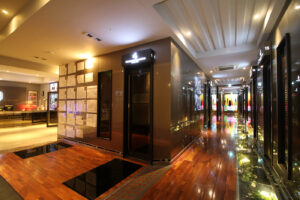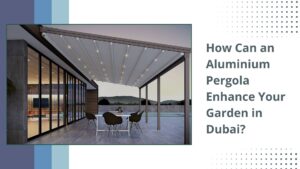Introduction
Natural light has a transformative effect on a living space. It not only brightens up a room but also enhances mood, energy, and overall well-being. Well-placed windows are the key to harnessing this invaluable resource. In this guide, we’ll explore the art of strategically positioning windows to optimize natural light in your home.
The Importance of Natural Light
Natural light is a fundamental element in interior design. It creates a sense of openness, highlights architectural features, and enhances the colors and textures of a space. Moreover, exposure to natural light has been linked to improved productivity, mood, and overall health.
Choosing the Right Windows
Size Matters
When it comes to maximizing natural light, the size of your windows is a crucial factor. Larger windows allow more light to enter, creating a brighter and more inviting space. Consider floor-to-ceiling windows or bay windows for maximum impact.
Orientation and Placement
The orientation of your windows determines when and how much sunlight enters a room. South-facing windows receive the most direct sunlight throughout the day, while north-facing windows provide a more consistent, softer light. East-facing windows welcome the morning sun, while west-facing windows capture the afternoon glow. Invite in the sunshine with French Windows. Explore how strategically placed windows can transform your living space.
Consider the Surroundings
Take into account the external environment when positioning windows. Consider views, privacy, and potential obstructions like neighboring buildings or trees. Strategic placement can frame beautiful vistas or provide a sense of seclusion.
Creating Focal Points
Well-placed windows can serve as captivating focal points within a room. Picture windows overlooking a garden, or a strategically positioned window seat bathed in natural light. These features not only enhance the aesthetics but also offer functional and comfortable spaces for relaxation.
Balancing Light and Privacy
While maximizing natural light is a priority, it’s also important to balance it with privacy. Consider using frosted glass, blinds, or curtains that allow you to control the level of privacy while still enjoying the benefits of natural light.
Architectural Enhancements
The placement of windows can be used to highlight specific architectural elements. For instance, a well-positioned window can draw attention to a high ceiling, a unique feature wall, or a piece of art, creating a dynamic and visually engaging space.
Conclusion
Strategically placing windows is an art that can transform the ambiance of your home. It not only maximizes natural light but also enhances the overall aesthetic and functionality of a space. By thoughtfully considering size, orientation, and surroundings, you can create living spaces that are filled with the warmth and vitality of natural light.
FAQs
- What if my home doesn’t have ideal sun exposure for natural light?
- If your home lacks optimal sun exposure, consider using design techniques like reflective surfaces, lighter colors, and strategically placed mirrors to help distribute and amplify natural light.
- Are there window treatments that allow for both privacy and natural light?
- Yes, there are several options. Sheer curtains, blinds with adjustable slats, and frosted glass treatments are all effective in providing a level of privacy while still allowing natural light to filter through.
- Can I add windows to an existing room to increase natural light?
- Yes, it’s possible to add windows or enlarge existing ones to improve natural light. However, it’s recommended to consult with a professional to ensure the structural integrity of your home is maintained.
- What type of window is best for capturing morning sunlight?
- East-facing windows are ideal for capturing the morning sun. Consider windows with clear or low-emissivity (Low-E) glass to allow ample morning light into your space.
- How can I enhance natural light in windowless rooms?
- Consider using mirrors strategically to reflect and amplify existing light sources. Additionally, use lighter colors for walls, floors, and furnishings to create a brighter and more open feel.





